Learn about Fund for Teachers, a grant that pays teachers up to $15,000 to travel!
Teaching Traveling: Read this interview with traveling Boston teacher, John Padula, about a South Africa tour!
John, tell us about your background.
John: Thanks for this opportunity to talk about my amazing travel experience! I’ve lived my whole life in Boston. I grew up in South Boston, but I have since moved to West Roxbury, which is just another ‘borough’ of Boston. I have been teaching middle school Social Studies (grades 6, 7 and 8) for seven years – and all those years have been within the Boston Public Schools.
I am what people term a ‘career changer’, as previously I worked in a variety of software engineer positions for over 20 years. I worked on some pretty interesting projects (one was that missile system portrayed in the movie War Games) and got to create some amazing systems for a variety of customers.
Over time, though, the ‘glamor’ wasn’t there any longer and I knew a change was due. I talked to my family and friends and decided to take an education course at Simmons College to see how that would be. I totally loved what they were talking about, so I walked into work, gave my notice and enrolled in the Masters of Teaching program at Simmons.
That was in September 2004 and I started teaching Social Studies in 2006. People always ask me if I miss high tech and I tell them “Not one bit!” Teaching is *way* more challenging and dynamic than designing missile systems (and I mean that!).
As far as travel, I’ve taken some neat opportunities. In 2011, I took advantage of a chance to travel to Peru with my daughter. We toured local villages and visited several amazing Incan sites, including Machu Picchu.
I returned from Peru with images and materials that made my World Geography class so much more meaningful. Now, instead of talking about local villagers who still made mud bricks, I could show them a picture of a villager I met who was surrounded by hundreds of hand made mud bricks.
I could let them feel a Peruvian blanket, then show them a picture of the woman who actually made it. I quickly learned that sharing first-hand experiences brought my students to a new level of engagement.
TT: Wow! Tell us more about your travels.
J: When I returned from my Peru trip, I started thinking about other ways I could open up my teaching through travel. The next summer, in 2012, I was given the opportunity to travel to South Africa for two weeks!
TT: How did you find this travel opportunity?
J: The opportunity to travel to South Africa came about through the Fund for Teachers (FFT) program. FFT offers grants to teachers from certain U.S. districts to travel and gain experiences that will lead to more powerful learning for their students.
It is *not* easy to get one of these grants – the application process is pretty intense, mainly because they are investing a significant amount of money ($5000 for a single teacher and up to $15000 for a team).
They want to be sure this isn’t a ‘vacation’, but a true learning experience for you – and ultimately, your students. I ultimately submitted a 4-page proposal, explaining why my trip to South Africa was so important to my teaching. I had to also provide a curriculum plan for how I would integrate the experiences and artifacts from my travel back into my classroom.
I explained to the selection committee that the theme of “personal freedom, individual responsibility, and respect for human dignity“ was one that resonated strongly with me and was featured very prominently in my grade 8 course in Civics as well as in my grade 7 course in World Geography and Cultures.
In grade 8, we study the struggle for equality in the USA, including slavery, emancipation, and key events in the Civil Rights movement, such as the integration of Little Rock High School.
In grade 7, we conduct a detailed study on the history of South Africa and the effects Apartheid still has on that country today. They must have agreed, as I was fortunate enough to be selected for one of the 2012 grants!
TT: Hooray! How does the grant money work with FFT?
J: All the arrangements for the tour were handled through a group called South Africa Partners (SA Partners). This is a non-profit organization whose aim is the “development of long-term, mutually beneficial partnerships between the United States and South Africa in the areas of health, education, and economic development.”
They offer yearly tours of South Africa, and the theme of our tour was “Overcoming Apartheid’s Legacy: Education Reform in the New South Africa.” We traveled for two weeks across most of the coast of South Africa, from Johannesburg to Cape Town, examining local schools, universities and key sites and landmarks from South Africa’s turbulent history. It was truly a tour made for me! SA Partners offered this tour for just under $5500 and the FFT grant covered $5000.
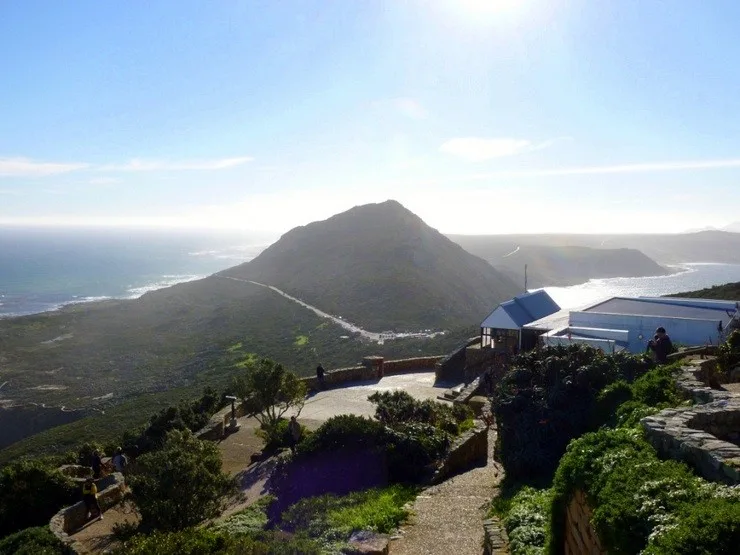
TT: Love it! Tell us one moment from your travels that was particularly powerful.
J: There were SO many moments that have remained with me. I will share one that happened totally by chance, but had a HUGE impact on me: After a visit to Soweto, our tour had dinner in Johannesburg, at an Indian restaurant called Bombay Blues. We had been running our guide Musa ragged, so we invited him to join us for dinner.
He hesitated a bit, but then agreed. We all sat down, but Musa seemed pretty nervous. He was looking around and seemed generally uncomfortable. I wound up sitting next to him and starting asking him the standard bunch of questions: where did he live, how long did he live there, family facts, etc.
Musa was born and raised in Soweto. His wife was also from Soweto and they still live very close to Soweto today. Once I realized Musa, who was 36, lived his whole life in Soweto, I did some quick math. Since Apartheid was dismantled about 1994, Musa was in the unique position of having lived exactly half his life under Apartheid and the other half after Apartheid was abolished.
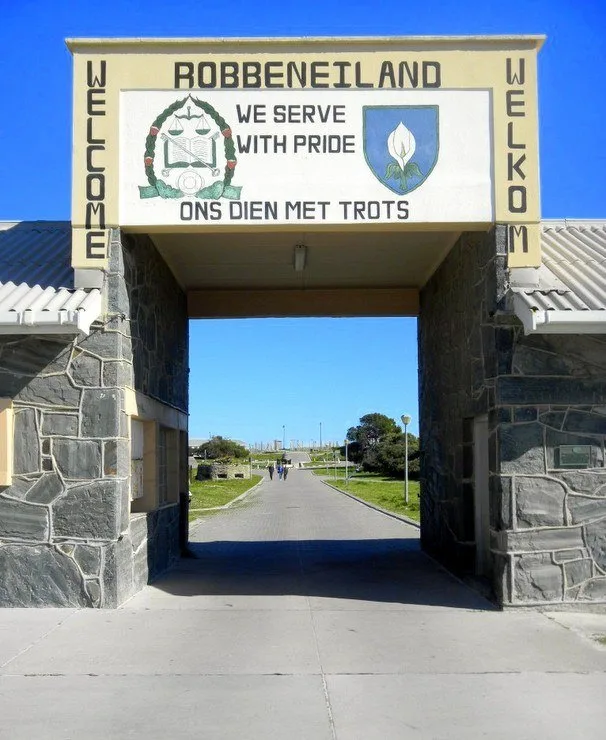
I felt this was a great opportunity to get some deep eyewitness insights, so I said “Wow, you must have seen so many changes over the last 18 years.” To which Musa answered “Oh yes….” and, after a long pause, he said, “…under Apartheid, I couldn’t be here in this restaurant with you. Blacks and whites were not allowed to be together.”
For those of us who come to South Africa as visitors, it’s easy to look at how things are today. For those who lived through the turbulent, violent times of Apartheid, it’s hard to forget the past.
TT: So profound. How have your travels impacted you as a teacher?
J: During our tour, we visited schools where there were not enough desks or books, and where sometimes there were over 50 students in one classroom. It has definitely made me appreciate all the resources we have here in the US.
On the other hand, talking with students who walk for miles, just to go to a better school – and who are happy to do it just so they can have a better education, has made me put an even stronger value on a good education.
I feel the images, interviews and experiences I returned with have definitely enhanced my lessons in both World Geography and Civil Rights.

TT: How have your travels impacted you as a person?
J: My travels across South Africa were eye-opening experiences on so many levels. To see these people endure so much, for so long, but remain with such a positive outlook on their future gives me a lot of hope for any culture dealing with hard times.
It has also made me even more curious to visit other places in the world and examine how other cultures are dealing with their own struggles. I hope to one day journey to India and experience their people and culture.
TT: What advice do you have for teachers who are dreaming of travel, or travelers dreaming of teaching?
J: For those thinking about traveling, I would simply say: Do it! Don’t wait until ‘next year’. I think experiencing new cultures, meeting new people and seeing what life is like in other parts of the world will really impact you as a person and teacher in so many positive ways. For those who are thinking of teaching,
Do it! (I know, not very original). I can promise you it won’t be boring! Volunteer at a school to get a flavor of what it’s like in a classroom. You won’t regret it!
TT: Thanks so much, John! Readers, what questions or comments do you have?
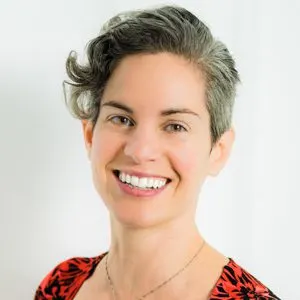
The author, Lillie Marshall, is a 6-foot-tall National Board Certified Teacher of English from Boston who has been a public school educator since 2003. She launched TeachingTraveling.com in 2010 to share expert global education resources, and over 1.6 million readers have visited over the past decade. Lillie also runs AroundTheWorld L.com Travel and Life Blog, and DrawingsOf.com for educational art. Do stay in touch via subscribing to her monthly newsletter, and following @WorldLillie on social media!
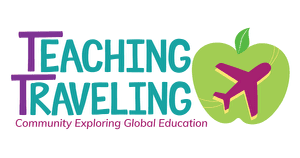

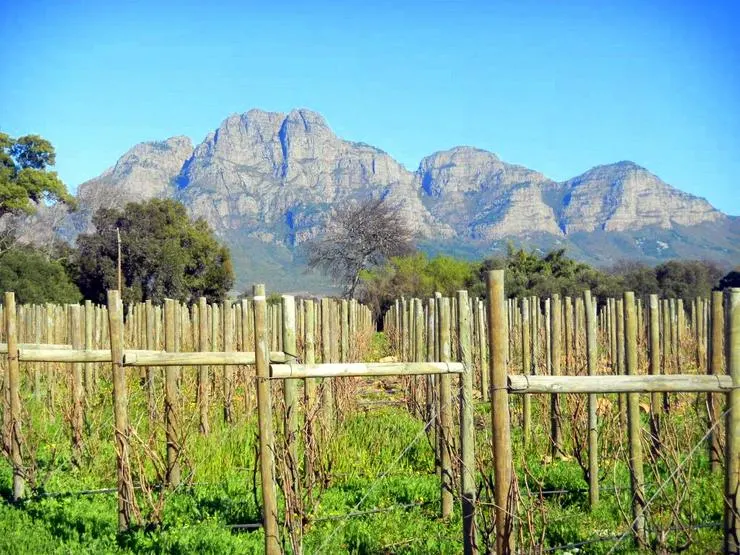
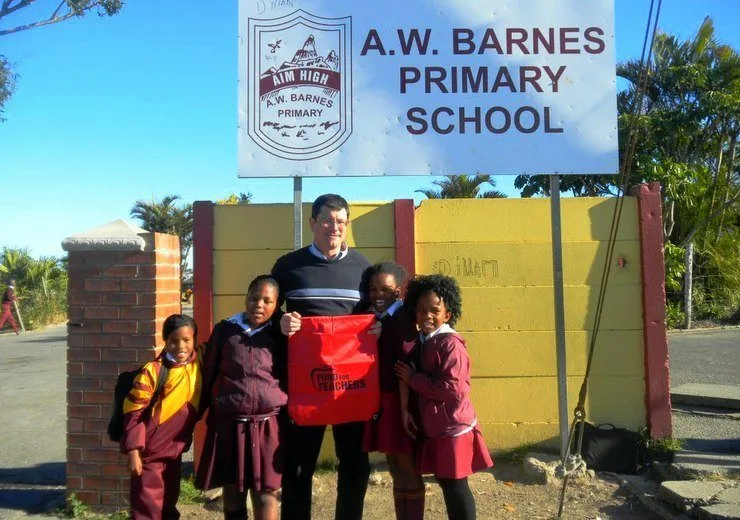
Roger Yaw Nyaaba
Monday 15th of February 2016
my name is Roger, a teacher of Santa Glory international school, Ghana. We would be very much grateful if your team could come and give as a little training. the teachers of Santa Glory want to learn from your team. we would be very much please to have you. thank you.